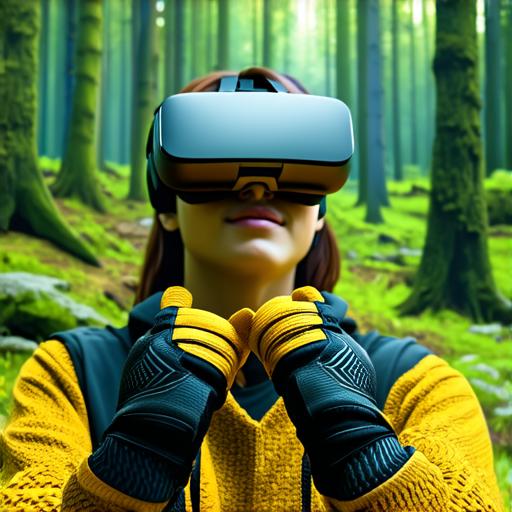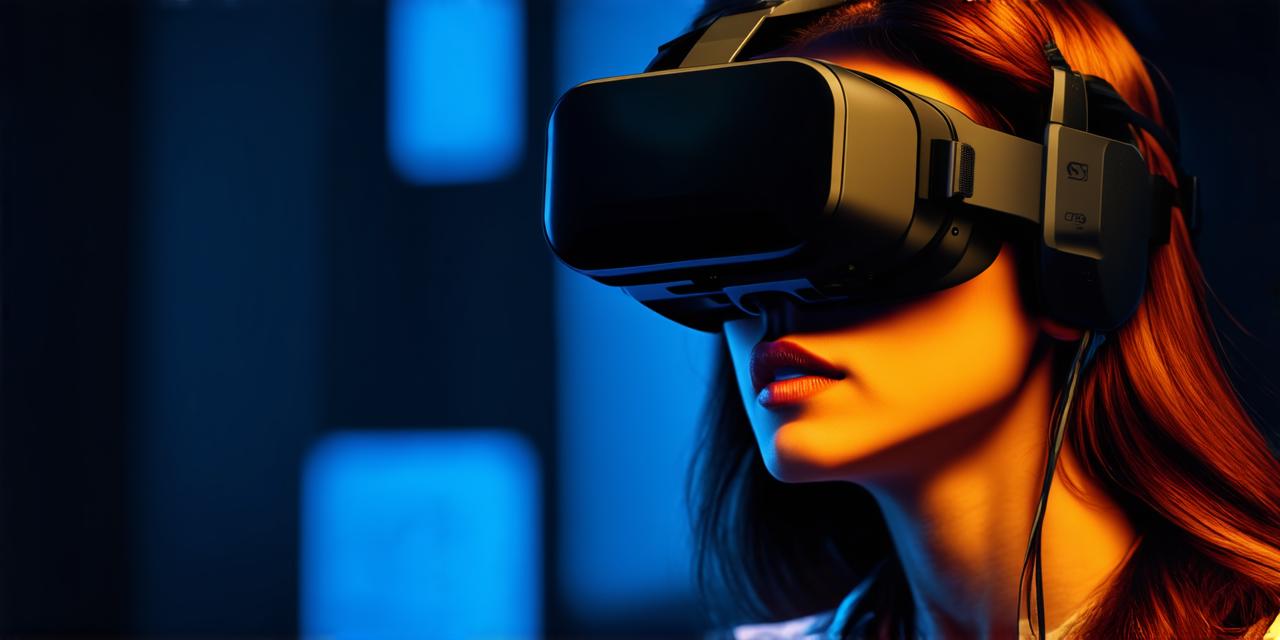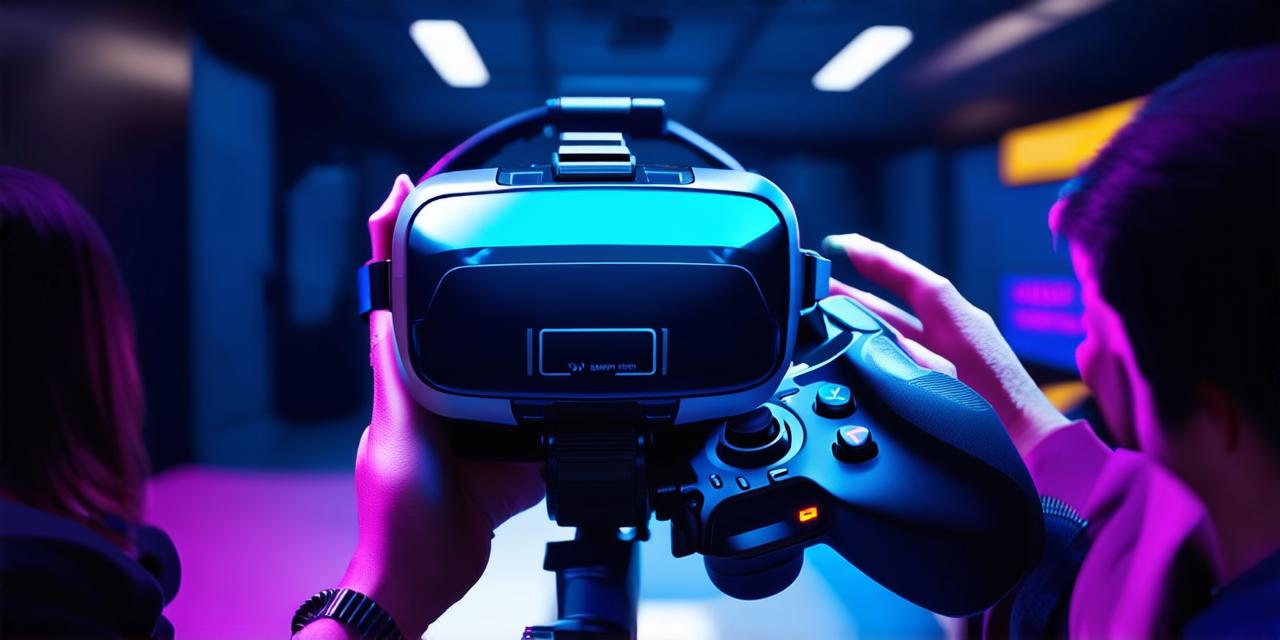Virtual reality (VR) technology has transformed the way we experience and interact with digital environments. However, it’s not just a tool for gaming or entertainment. In recent years, VR has been used in various therapeutic applications, including exposure therapy for mental health conditions such as anxiety disorders, post-traumatic stress disorder (PTSD), and phobias.
Exposure therapy is a psychological treatment that involves confronting a feared object or situation to reduce anxiety and fear associated with it. With VR, this process can be simulated in a controlled environment, allowing individuals to gradually build up their tolerance to the trigger and ultimately overcome their fears.
Mechanisms of VR Exposure Therapy

Exposure therapy is based on the principles of classical conditioning, which involves associating a neutral stimulus (the exposure) with an unconditioned stimulus (the trigger). In VR exposure therapy, the neutral stimulus is the virtual environment, and the unconditioned stimulus is the feared object or situation.
Case Studies and Personal Experiences
One of the most well-known examples of VR exposure therapy is the treatment of PTSD. A study published in the Journal of Traumatic Stress found that exposure therapy using VR was as effective as traditional exposure therapy in reducing symptoms of PTSD in veterans with combat-related PTSD. Another study published in Frontiers in Psychology found that VR exposure therapy reduced anxiety and improved quality of life in individuals with social anxiety disorder.
Research and Experiments
Numerous studies have supported the effectiveness of VR exposure therapy in treating mental health conditions. For example, a study published in the Journal of Consulting and Clinical Psychology found that VR exposure therapy was as effective as traditional exposure therapy in reducing symptoms of anxiety disorders.
Real-Life Examples
One real-life example of VR exposure therapy can be seen in the treatment of acrophobia, or fear of heights. A study published in the Journal of Clinical Psychology found that VR exposure therapy was effective in reducing symptoms of acrophobia in individuals who had severe fears of heights.
FAQs
1. How does VR exposure therapy work?
VR exposure therapy works by associating a neutral stimulus (the virtual environment) with an unconditioned stimulus (the feared object or situation) through classical conditioning. The brain’s reward system plays a crucial role in this process, leading to a reduction in anxiety and fear associated with the trigger.
2. What mental health conditions can VR exposure therapy be used for?
VR exposure therapy has been used in the treatment of various mental health conditions, including anxiety disorders, PTSD, phobias, depression, and acrophobia.
3. Is VR exposure therapy as effective as traditional exposure therapy?
Numerous studies have shown that VR exposure therapy is as effective as traditional exposure therapy in reducing symptoms of various mental health conditions.
4. Can VR exposure therapy be used in real-life scenarios?
Yes, VR exposure therapy has been experimented with in real-life scenarios and has been found to be effective in treating various mental health conditions.
5. How does the brain’s reward system play a role in VR exposure therapy?
The brain’s reward system plays a crucial role in VR exposure therapy by releasing neurotransmitters such as dopamine and serotonin, which are associated with pleasure and relaxation when exposed to feared stimuli. Over time, this process becomes conditioned to the virtual environment, leading to a reduction in anxiety and fear associated with the trigger.
Conclusion
Virtual reality exposure therapy is an innovative tool for treating mental health conditions by simulating controlled environments that allow individuals to gradually build up their tolerance to triggers and ultimately overcome their fears. VR exposure therapy has been shown to be effective in treating various mental health conditions, including anxiety disorders, PTSD, phobias, depression, and acrophobia. As AR developers, we have the opportunity to contribute to this field by developing VR applications that can help individuals overcome their fears and improve their quality of life.




